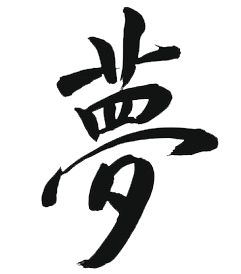Yūki-tsumugi
Many people think of silk as something smooth and shiny, but Yūki-tsumugi is a little bit different and unique. Although Yūki-tsumugi is woven by silken threads, it is a luxury fabric that has rough texture. It has been designated as one of the Important Intangible Cultural Properties of Japan, and has also been inscribed on the UNESCO Representative List of the Intangible Cultural Heritage of Humanity.
According to tradition, during the era of the tenth generation emperor Sujin in the second to third century, a man named Ooyanomikoto who lived in a region called Mino (Present day Minou in Gifu prefecture) moved to Kuji-gun in Ibaraki prefecture and started a textile crafthouse called Nagahatabeno Ashiginu. Ashiginu is the cloth woven by thick silk thread which was spread in Yuki district and became the origin of the current Yūki-tsumugi.
If one was to describe the features of Yūki-tsumugi in a few words, one would probably mention it is soft as silk floss, light, warm and difficult to wrinkle. The more it is worn and washed, the better it will fit your body. Because its quality is long-lasting, it can be passed down from parent to a child, and from child to grandchild. There is a saying along the lines of, “wearing Yūki-tsumugi for three generations finally adapts it into the right texture for one’s body.
In Yūki-tsumugi making, all processes from spinning silk threads to weaving silk are done handmade; in other words, they cannot be reproduced by a machine. Therefore, it takes up to 3-4 months to weave enough plain fabric to make an adult size Kimono. It can take up to 2 years to make a fancy kimono with patterned fabrics. Despite its rustic appearance, a fine-tuned, time consuming process is required to weave Yūki-tsumugi.


